Hello there, fellow ethical spenders! I hope you’re all doing splendidly today. Welcome back to another informative journey into the world of graphic design. In this article, we’re diving headfirst into the fascinating universe of Clipping Masks and Group Masks. Whether you’re a graphic design enthusiast or a professional, these techniques are powerful tools that can help you create stunning, eye-catching visuals. So, let’s buckle up and explore these advanced design features.
Unmasking the Basics
Before we embark on this exhilarating adventure, let’s make sure we’re all on the same page. In the world of graphic design, masks aren’t spooky disguises or superhero gear; they are essential tools that help you control where and how your design elements appear. Masks let you hide or reveal portions of your artwork, creating intricate and eye-catching compositions. The two key players in this game are Clipping Masks and Group Masks. Let’s meet them.
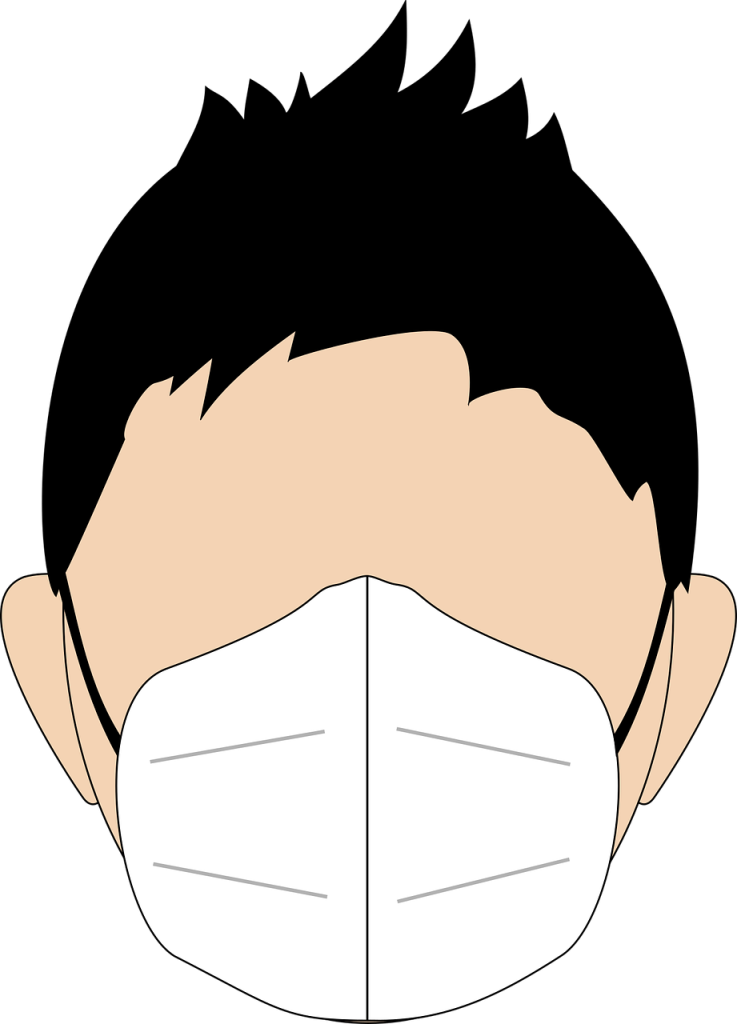
Clipping Masks: The Precision Artists
Imagine Clipping Masks as your artistic precision tool. They allow you to hide portions of a layer based on the shape of another layer on top of it. Think of it as a stencil; your underlying layer only shows through the part that aligns with the shape of the top layer.
How to Create a Clipping Mask:
Layer It Up:
First, you need at least two layers. Your base layer (the one you want to clip) and your top layer (the one you want to use as a stencil).
Position Perfectly:
Make sure the top layer is positioned directly above the base layer.
Right-Click Magic:
Right-click on the top layer and choose “Create Clipping Mask.”
Watch the Magic:
Voilà! You’ve just revealed your base layer through the shape of your top layer.
Now, here’s a quirky example: Imagine you want to create a portrait of your cat, Whiskers, with his silhouette filled in by a rainbow pattern. You’d place a photo of Whiskers on the base layer and a rainbow pattern on the top layer. A Clipping Mask would only reveal the rainbow within Whiskers’ silhouette, making it look like a technicolor tabby.
Group Masks: The Harmonious Ensemble
Group Masks are like the conductors of a symphony, coordinating different layers to play in harmony. These masks allow you to control the visibility of multiple layers at once, creating complex compositions.
How to Create a Group Mask:
Get Your Ensemble:
You’ll need multiple layers that you want to combine harmoniously.
Compose the Group:
Select all the layers you want to include in your group. You can do this by holding down the Shift key and clicking on each layer.
Group Them:
Right-click on one of the selected layers and choose “Group.”
Apply the Mask:
Create a new layer above the group, and right-click on it. Select “Create Clipping Mask” or “Create Group Mask.”
Marvel at the Result:
Your group layers now obey the mask’s commands, making your design sing in harmony.
For a practical example, let’s say you’re creating a poster for an eco-friendly music festival. You have a variety of elements like trees, musical instruments, and the festival logo. Group Masks will allow you to apply a single mask to all these elements, ensuring that they’re contained within a stylized circle, representing the Earth.
Advanced Techniques
Now that we’ve covered the basics, let’s delve into some advanced techniques and creative applications for Clipping Masks and Group Masks.
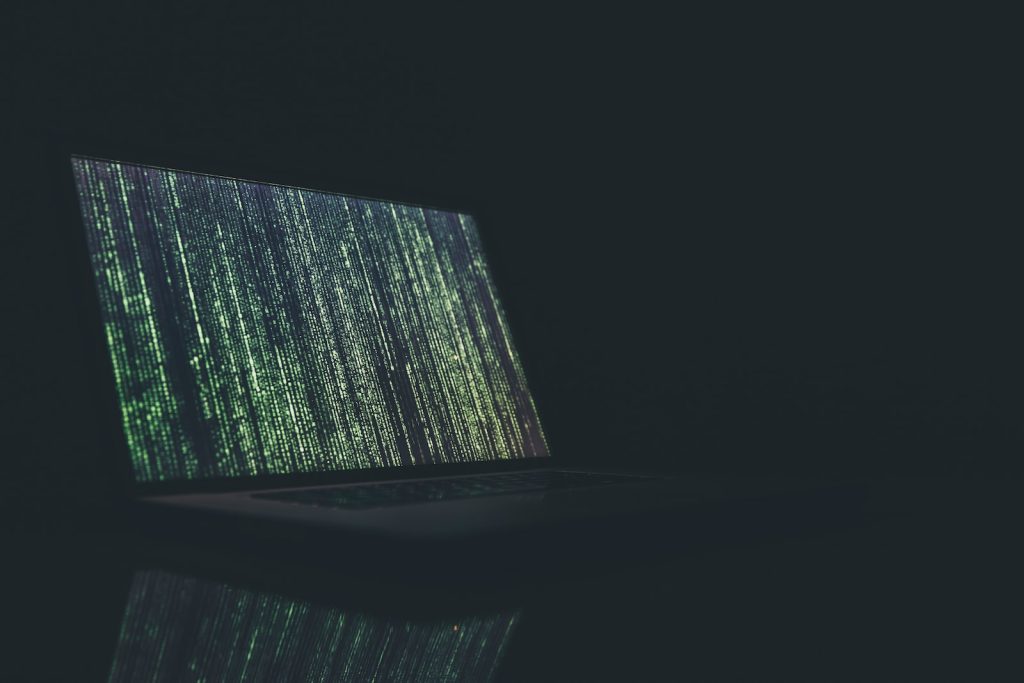
Photo Manipulation Magic
Clipping Masks can be your secret weapon for seamless photo manipulation. Say you have a photo of a tropical paradise, but you want to change the sky to a stunning sunset. By placing the sunset image on top and using a Clipping Mask, you can make the sunset appear only within the boundaries of the original sky.
Stylized Typography
Group Masks are fantastic for creating eye-catching typography. You can group your text with intricate illustrations or photographs, and by applying a mask, you’ll ensure that your text interacts beautifully with the visual elements, creating a unique design that’s as informative as it is visually striking.
Merging Objects
Clipping Masks can also help merge different objects seamlessly. For instance, you can create a surreal image of a flying bicycle by placing an image of a bicycle on the base layer and clouds on the top layer. A Clipping Mask will reveal the clouds only within the bicycle’s shape, creating a whimsical, floating effect.
Texture and Pattern Integration
Group Masks are perfect for adding textures and patterns to your designs. Let’s say you have a simple vector shape, like a heart, and you want to give it a fabric texture. By grouping the heart shape with the fabric texture and applying a Group Mask, you can achieve a delightful 3D effect.
Tips and Tricks
As with any craft, a few tips and tricks can make your journey smoother:
Experiment:
Don’t be afraid to try different layer combinations and mask variations. The beauty of these tools is that they encourage creativity.
Non-destructive Editing:
Both Clipping Masks and Group Masks are non-destructive, meaning your original layers remain untouched. This allows you to make adjustments without losing your precious work.
Layer Ordering:
The order of your layers matters. The top layer in a Clipping Mask or Group Mask hierarchy will control the visibility of the layers below it.
Combine with Blend Modes:
For added visual impact, experiment with different blend modes for your masked layers. This can create exciting color effects and enhance the overall composition.
Refine Your Selections:
You can use selection tools to create more precise masks. For example, make a precise selection using the Pen Tool, and then create a Clipping Mask or Group Mask.
Wrapping It Up
Clipping Masks and Group Masks are like the magician’s wand in the world of graphic design. They allow you to control visibility and create captivating compositions with ease. From photo manipulation to adding textures and patterns, these techniques are essential for designers of all levels.
So, the next time you embark on a design project, remember to unmask your creativity with these advanced techniques. Whether you’re designing a whimsical cat portrait or an eco-friendly music festival poster, Clipping Masks and Group Masks will be your trusty companions. Happy designing!
As always, it’s been a pleasure to share my thoughts on this fascinating topic with you. Until next time, stay creative, stay ethical, and keep designing masterpieces!



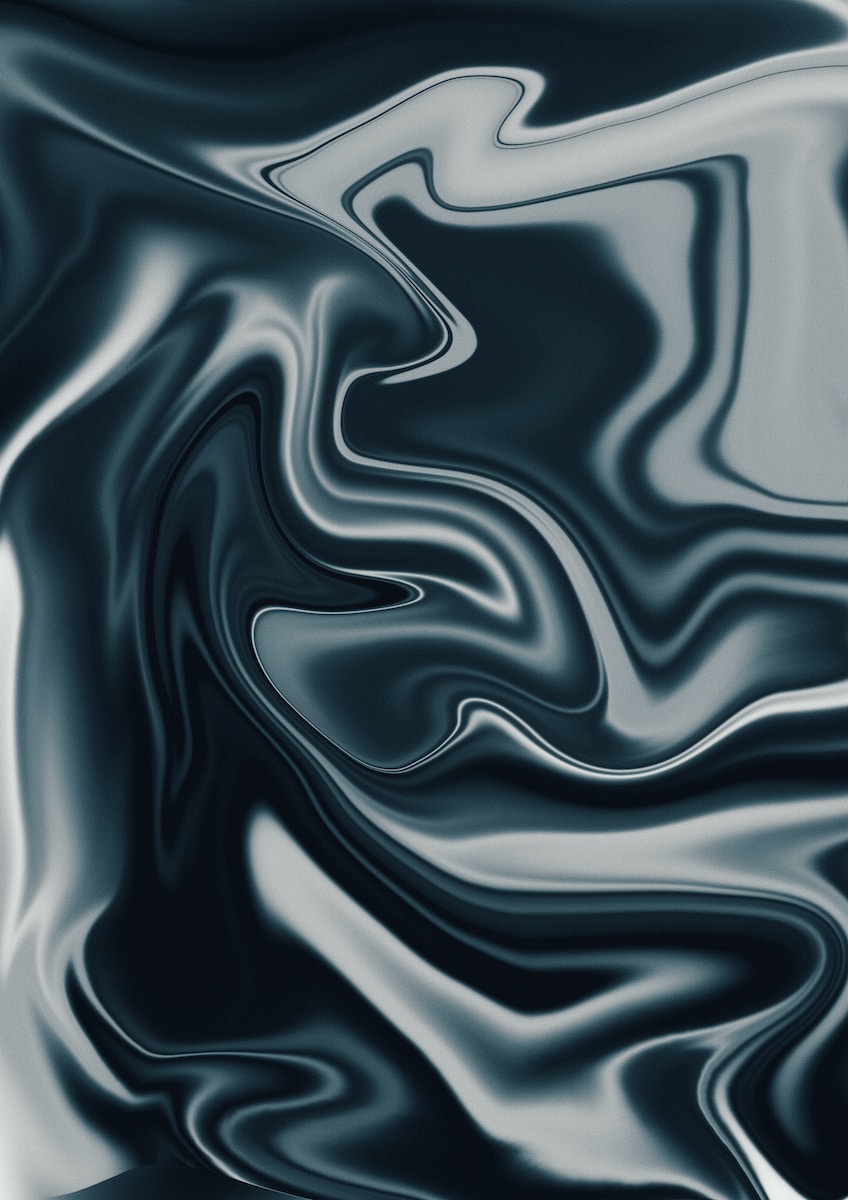
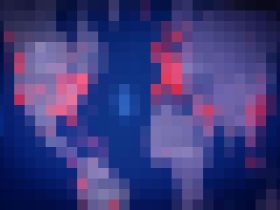
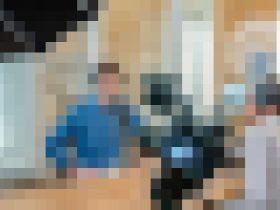


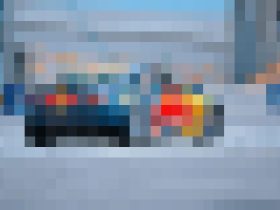

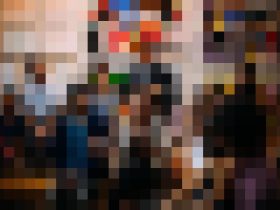



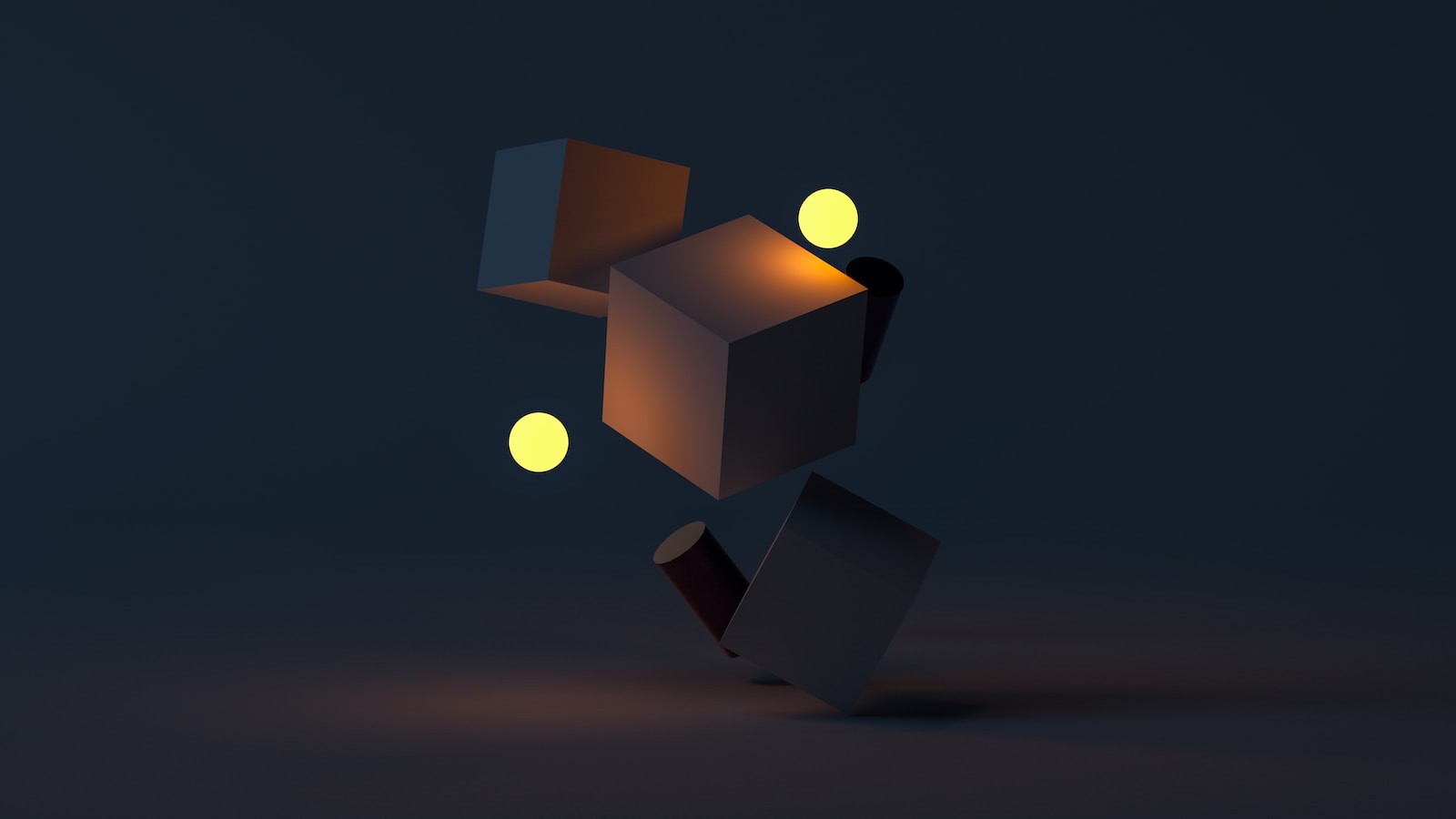
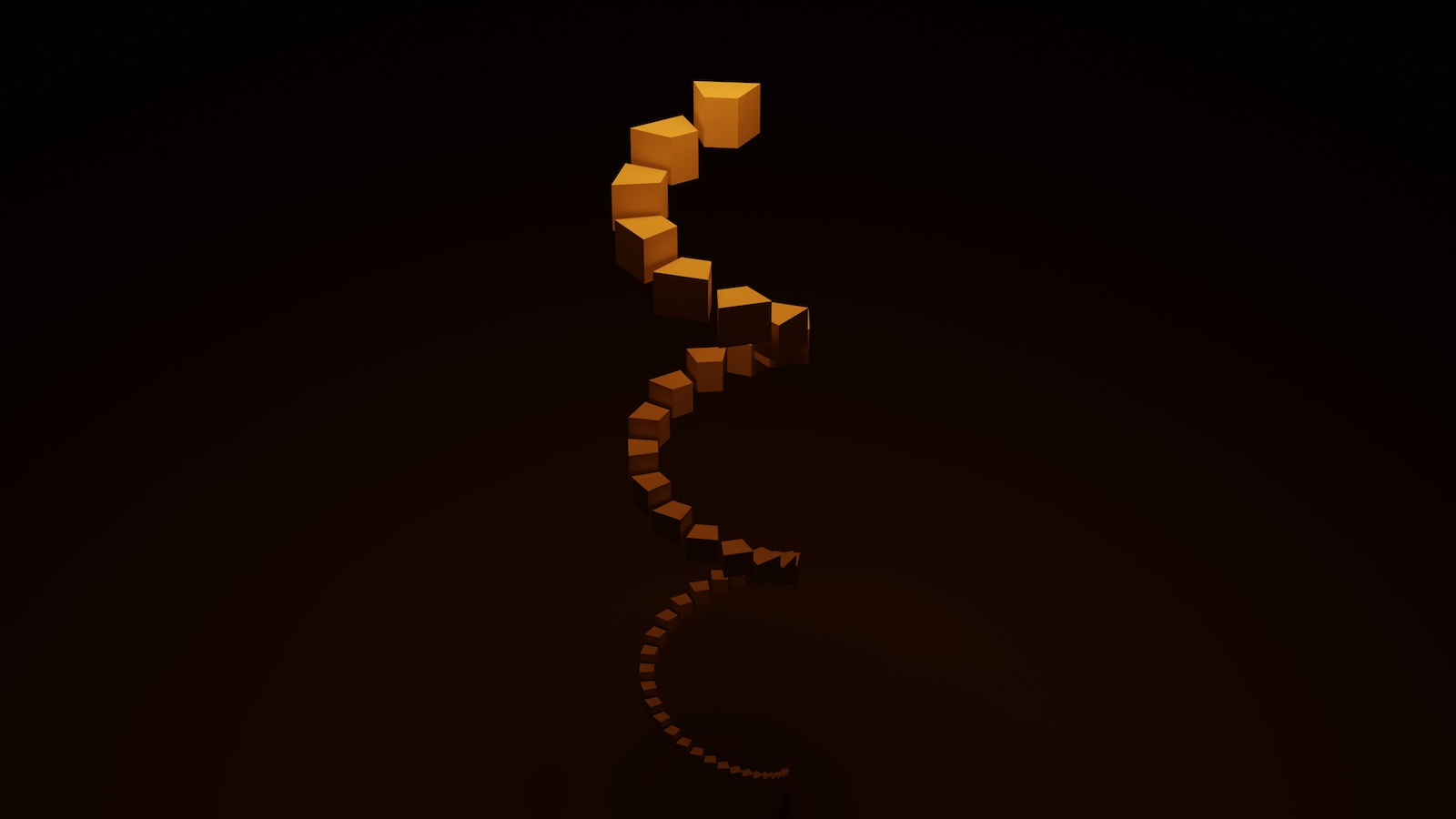
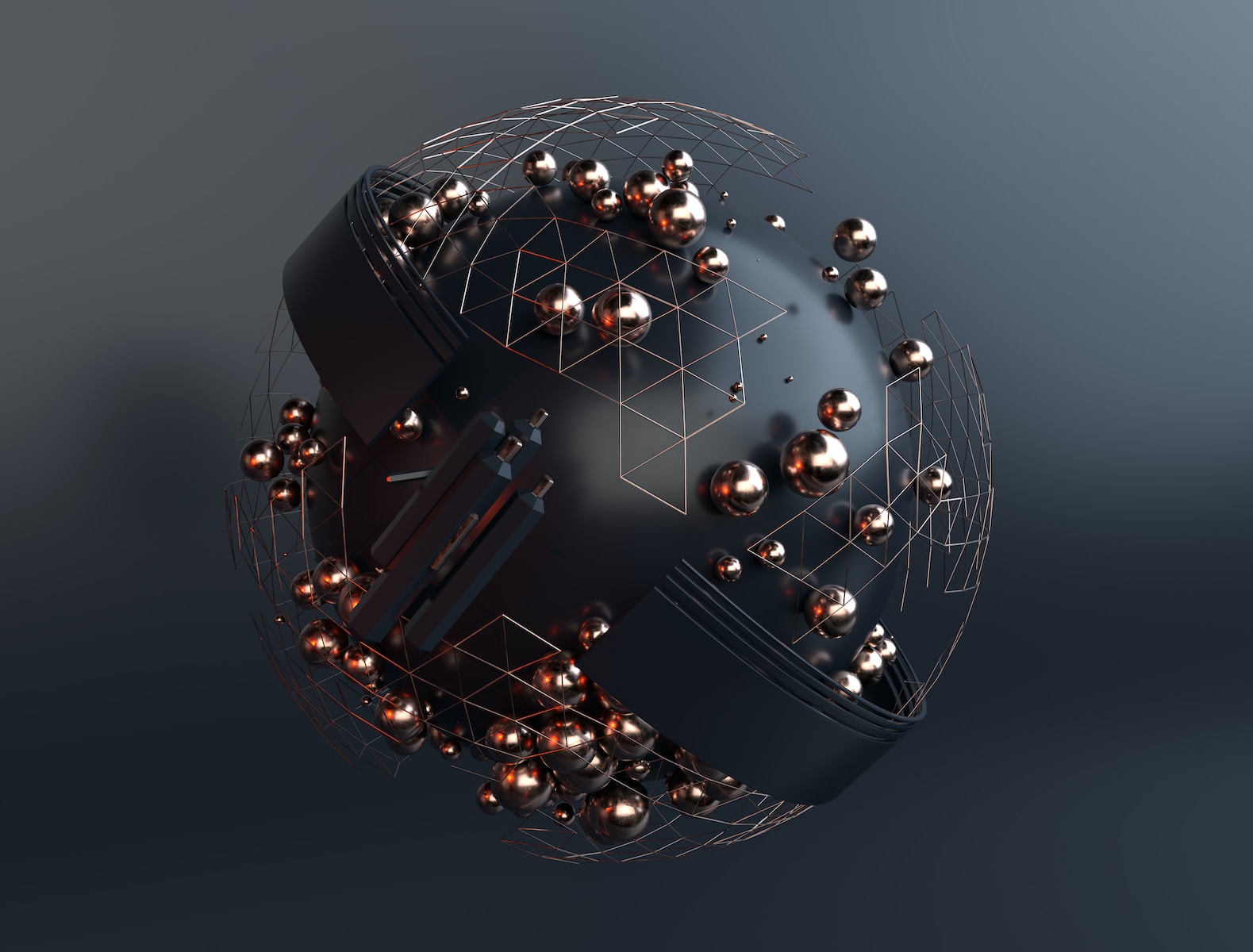
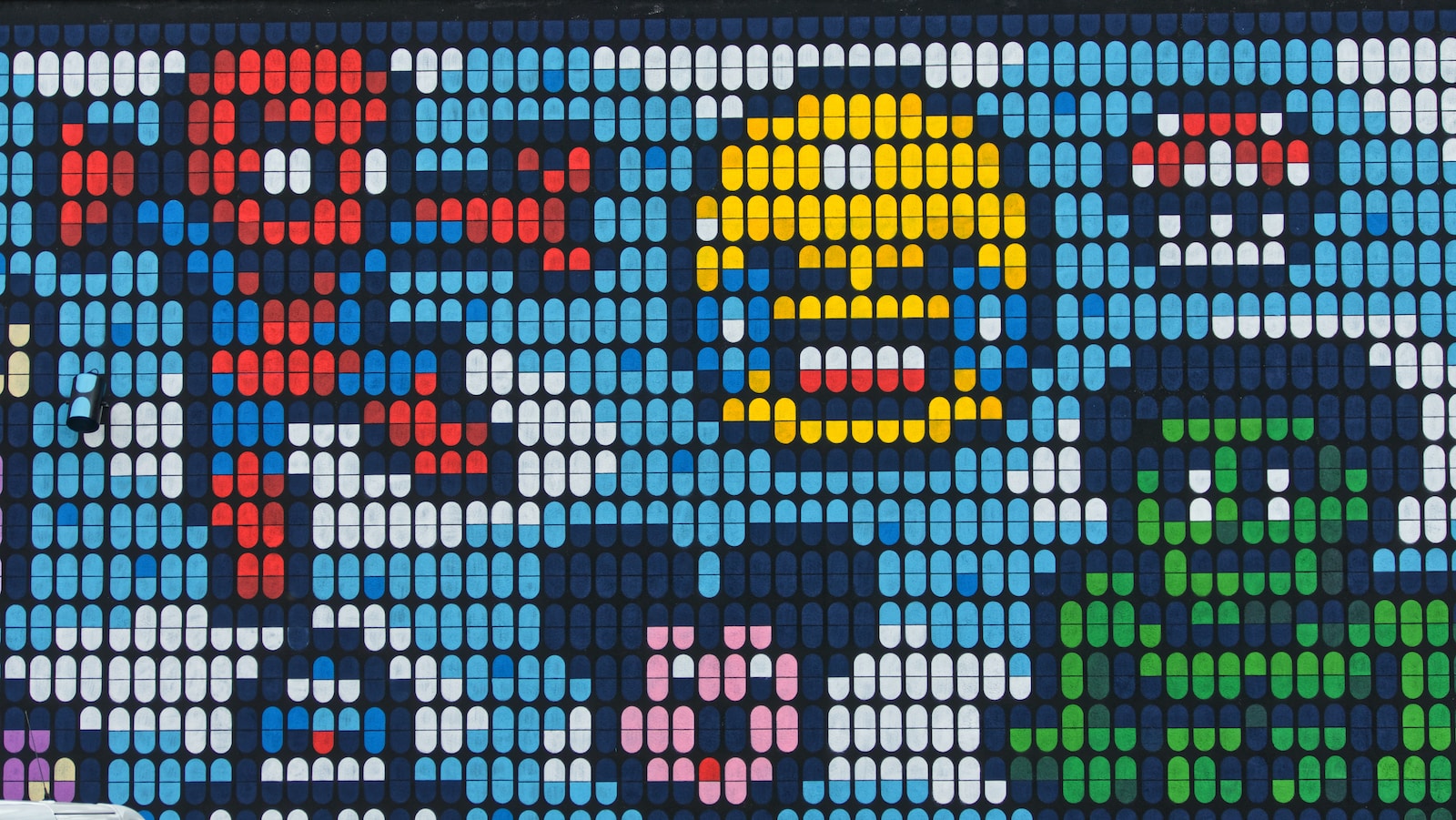

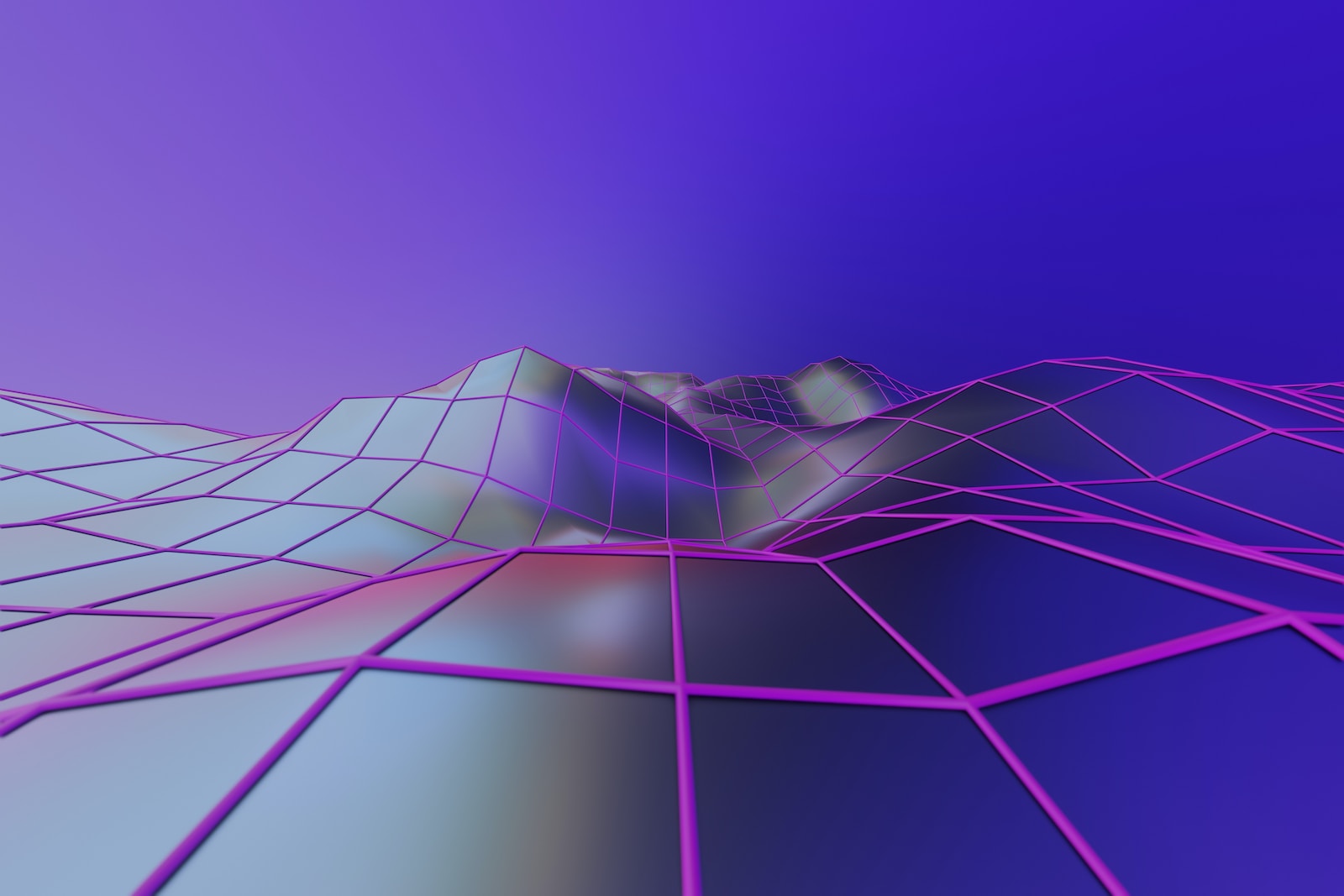
Got a Questions?
Find us on Socials or Contact us and we’ll get back to you as soon as possible.